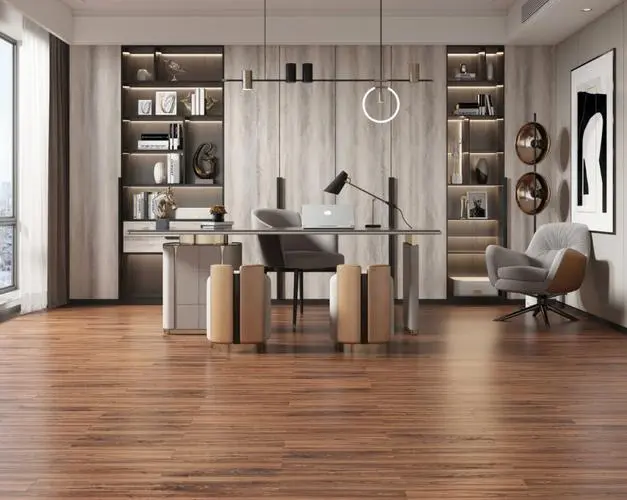Crafting Style: A Comprehensive Guide to Creating Exceptional Fashion Designs
Fashion design is an intricate blend of art, culture, and functionality. As the industry evolves, aspiring designers must hone their skills and develop a unique voice to stand out in a crowded marketplace. This article delves into the essential elements of creating good fashion designs, offering practical insights and advanced techniques that can elevate your work from ordinary to extraordinary.
Understanding the Foundations of Fashion Design
Before diving into the creative process, it’s crucial to grasp the foundational elements of fashion design. These include:
- Research and Inspiration: Every great design begins with thorough research. Explore various sources of inspiration, such as art, architecture, nature, and historical fashion. Keep a mood board to collect images, colors, and textures that resonate with your vision.
- Target Audience: Understanding your target demographic is vital. Conduct market research to identify the preferences, lifestyles, and purchasing behaviors of your audience. This knowledge will guide your design choices and ensure they resonate with potential customers.
- Fabric and Material Selection: The choice of fabric can make or break a design. Familiarize yourself with different materials, their properties, and how they drape and move. Experiment with various textiles to understand their impact on the overall aesthetic and functionality of your designs.
The Design Process: From Concept to Creation
Once you have a solid foundation, it’s time to embark on the design process. Here’s a step-by-step approach:
- Sketching Ideas: Begin with rough sketches to visualize your concepts. Don’t worry about perfection; focus on capturing the essence of your ideas. Use various techniques, such as croquis (fashion figure sketches) and flat sketches, to convey different aspects of your designs.
- Color Theory: Color plays a pivotal role in fashion design. Familiarize yourself with color theory to create harmonious palettes that evoke specific emotions and reactions. Consider seasonal trends and cultural connotations associated with colors to enhance your designs' appeal.
- Silhouette and Proportion: The silhouette is the overall shape of your garment, while proportion refers to the relationship between different elements. Experiment with various silhouettes to find what best complements your design concept. Pay attention to how proportions can alter the perception of body shape and style.
- Technical Drawings and Patterns: Once your sketches are refined, create technical drawings that include detailed specifications for construction. Develop patterns that accurately reflect your designs, ensuring they can be translated into wearable garments.
The Importance of Innovation and Sustainability
In today’s fashion landscape, innovation and sustainability are paramount. Designers must consider the environmental impact of their creations and seek ways to incorporate sustainable practices. Here are some strategies:
- Sustainable Materials: Explore eco-friendly fabrics, such as organic cotton, Tencel, and recycled materials. These options not only reduce environmental harm but also appeal to a growing demographic of conscious consumers.
- Ethical Production: Collaborate with manufacturers who prioritize ethical labor practices. Transparency in your supply chain can enhance your brand’s reputation and build trust with your audience.
- Timeless Design: Strive for designs that transcend seasonal trends. Creating timeless pieces encourages longevity in fashion, reducing waste and promoting a more sustainable approach to consumption.
Finalizing Your Designs: Prototyping and Feedback
Once your designs are complete, the next step is prototyping. Create samples to test the fit, functionality, and overall aesthetic of your garments. This stage is crucial for identifying any necessary adjustments before mass production.
- Gather Feedback: Share your prototypes with trusted peers, mentors, or focus groups. Constructive criticism can provide valuable insights and help refine your designs further.
- Iterate and Improve: Use the feedback to make necessary adjustments. The design process is iterative; don’t be afraid to revisit and revise your work until it meets your standards.
Conclusion: The Art of Fashion Design
Creating good fashion designs is a multifaceted process that requires a blend of creativity, technical skill, and market awareness. By understanding the foundational elements, embracing innovation, and prioritizing sustainability, you can craft designs that not only stand out but also resonate with your audience. Remember, the journey of a fashion designer is one of continuous learning and adaptation. Stay curious, keep experimenting, and let your unique vision shine through your creations.

Average Rating